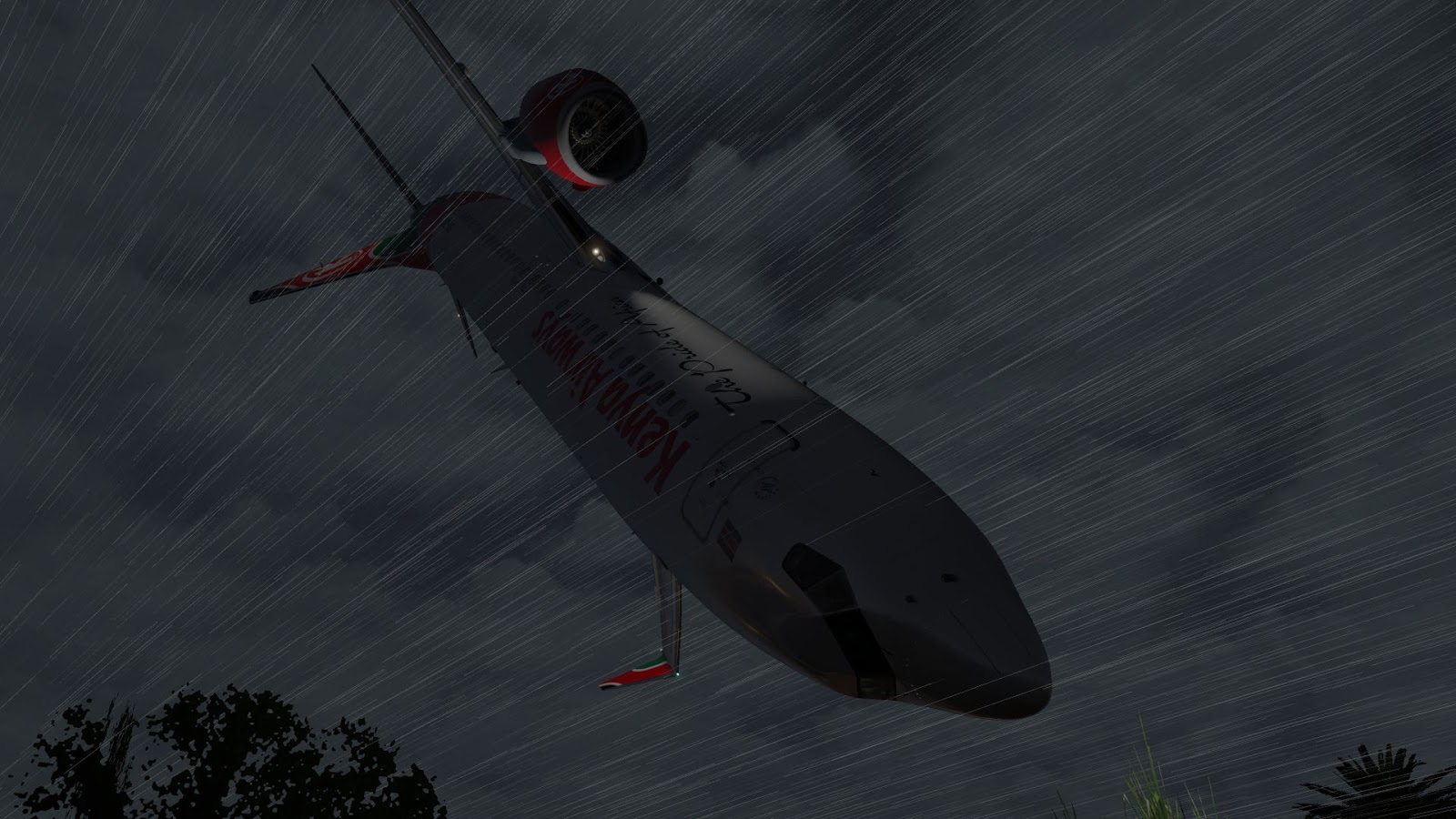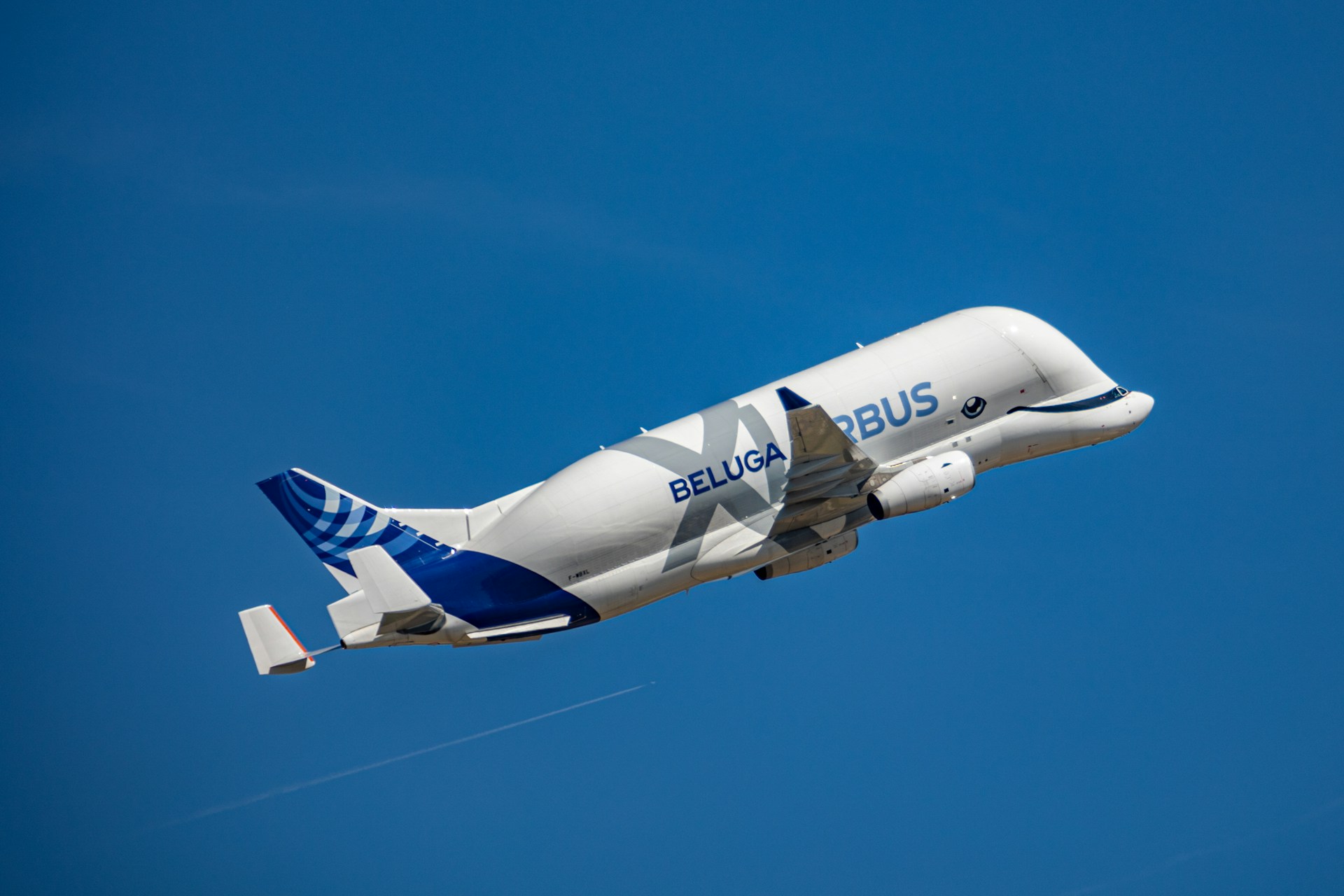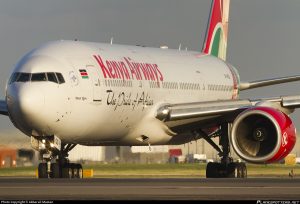You may have seen one of the most captivating and distinctive aircraft globally – the Airbus Beluga, officially known as the Airbus A300-600ST (Super Transporter). Sporting an unconventional appearance reminiscent of the beluga whale, from which it draws its nickname, and boasting remarkable capabilities, the Beluga has captivated the fascination of aviation enthusiasts and curious observers alike. But what sets this aircraft apart and makes it truly impressive?
The Unconventional Design: A Whale in the Sky
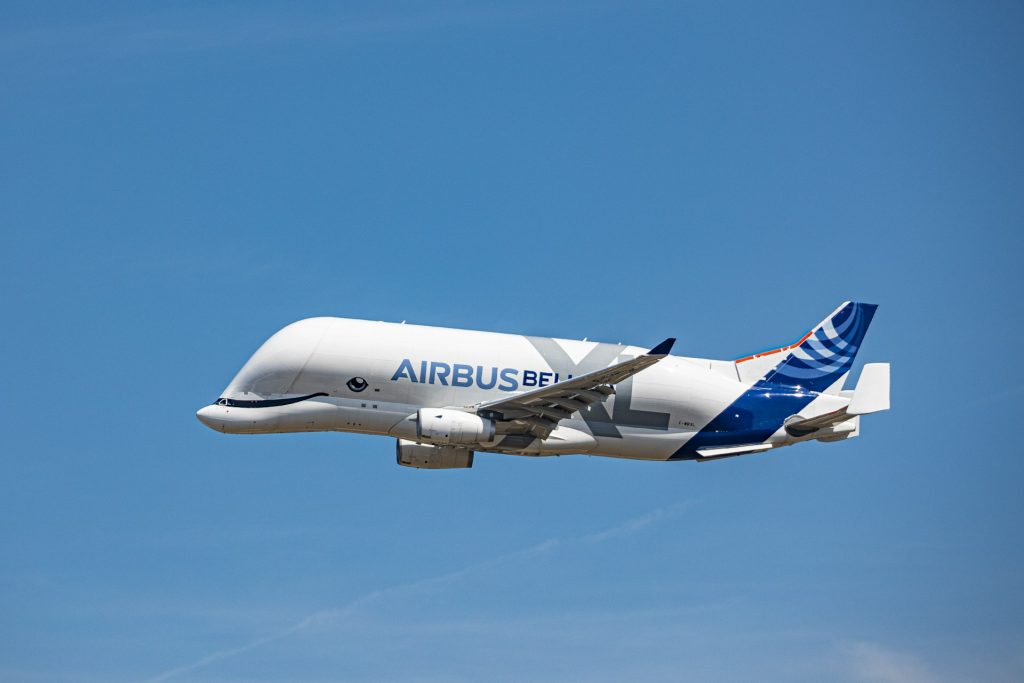
Imagine a fuselage resembling a whale gracefully gliding through the skies, propelled by only two engines. It’s a spectacle that leaves a lasting impression, sparking curiosity about its unconventional design.
The reason behind its unique shape is rooted in its function – the Beluga isn’t an ordinary aircraft; it’s a specialized transporter meticulously crafted by Airbus to ferry oversized cargo, specifically sections of aircraft airframes and fuselages.
The reason it’s shaped like that is so that an entire cross-section of a wide-body airframe can fit inside. However despite its size its payload isn’t significantly different from your average a300, it’s designed to carry large but light cargo
With Airbus’s manufacturing facilities scattered across different locations, the company faced a pressing need for efficient transportation of sizable components.
Spotting a Beluga Airbus is quite a rarity, with only five original Belugas and three BelugaXLs in existence. They’re very common sights at the airfields in Europe they serve such as Toulouse, Seville, Hawarden, and Hamburg. Flying to and from those locations almost daily. However, they’re a rarer sight at other airports.
Revolutionizing Air Transport: From Super Guppies to Belugas
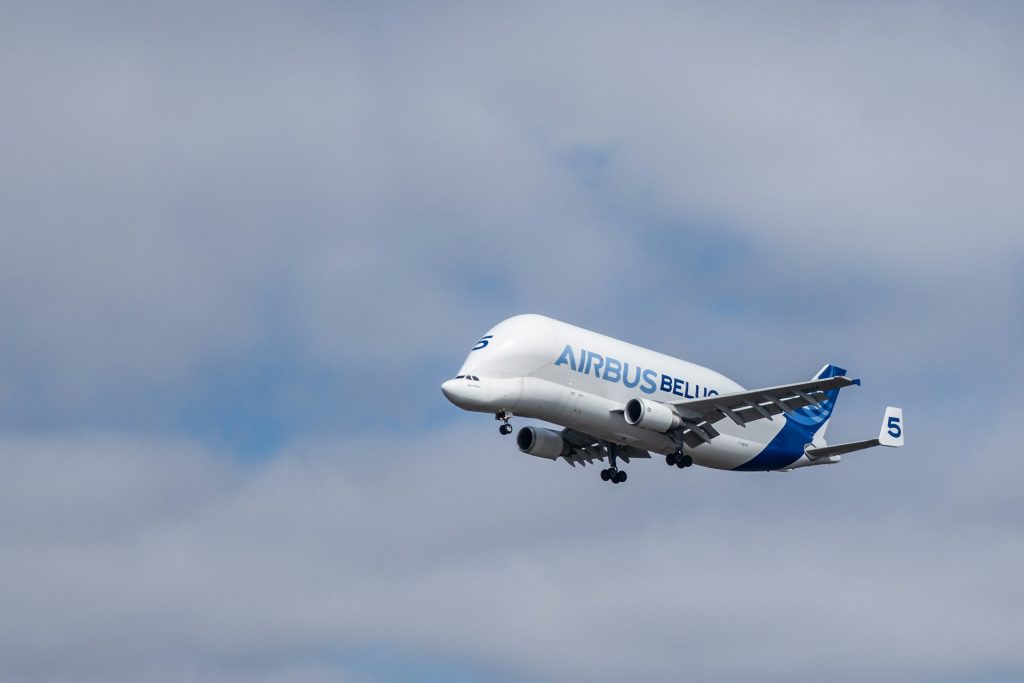
Before the mid-1990s, Airbus utilized 4 Super Guppies to transport large aircraft components. Before that, ground vehicles were initially employed for moving components and sections, but as production volume increased, air transport became necessary.
However, these older aircraft faced limitations due to weather conditions and payload capacity. Then came the Beluga, transforming Airbus’ production process with its enhanced capacity and reliability, enabling the company to increase production to meet rising demand.
In the 2010s, Airbus developed the BelugaXL, a slightly larger successor based on the Airbus A330-200. This fleet, which commenced service in January 2020, is slated to eventually replace the original Beluga fleet.
In 2022, Airbus announced a service offering outsize cargo transportation using its Beluga fleet.
Cargo Capacity: Bulky, Yet Light as Air
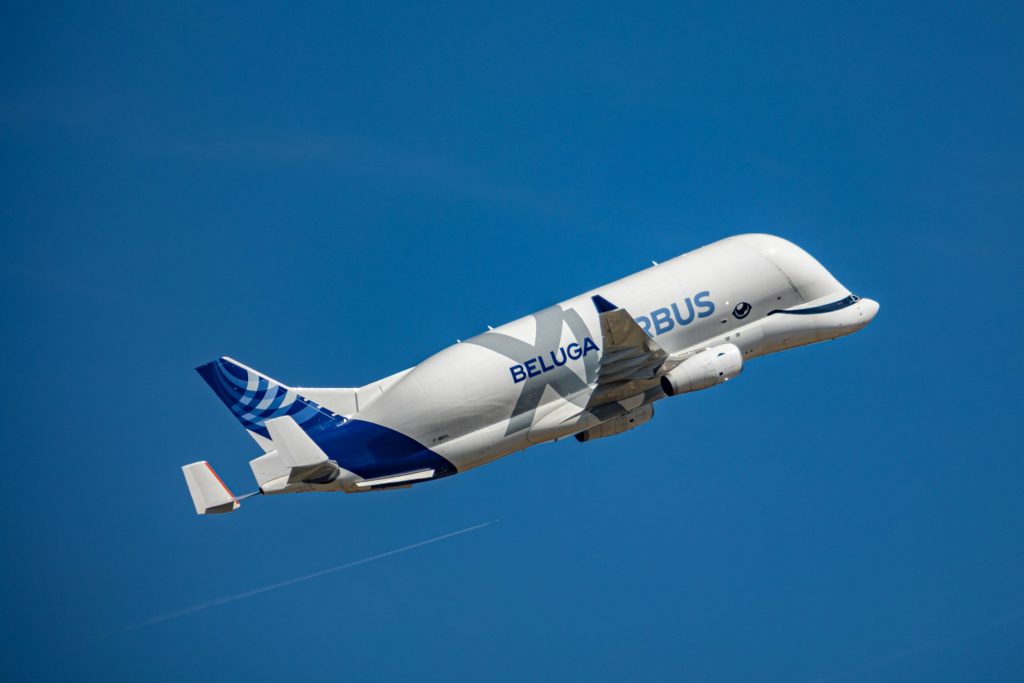
What distinguishes the Beluga is not its capacity for heavy loads, but its ability to handle bulky yet lightweight cargo. Despite its substantial size, the Beluga boasts a payload capacity comparable to that of a standard Airbus A300. This is made possible by its expansive interior, meticulously designed to accommodate entire cross-sections of wide-body aircraft.
Derived from the Airbus A300, the A300-600ST Beluga maintains many design similarities, albeit with a markedly different appearance. Components such as the wings, engines, landing gear, and lower fuselage remain identical to those of the conventional A300.
Compared to its predecessor, the Super Guppy, the Beluga offers more than double the payload capacity and a volume increase of over 30%.
Innovative features, such as access to the cargo area from the front without the need to disconnect vital connections, streamline loading processes. Additionally, relocating the cockpit below the cargo-floor level has halved loading times compared to the Super Guppy.
While the Beluga’s cockpit is pressurized, the cargo deck is not, rendering it inaccessible during flight and unsuitable for transporting cargoes requiring a pressurized environment, such as live animals.
Key specifications of the Beluga include a maximum takeoff weight of 155,000 kg, a maximum speed of Mach 0.7, and a range of 2,779 km.
The Beluga is powered by two Rolls-Royce Trent 700s, the same engines used in the A330. It’s worth noting that these engines were specifically chosen for the Beluga’s task of transporting parts that are significantly larger in volume, but not substantially heavier, than what a standard cargo A330 could manage.
Links
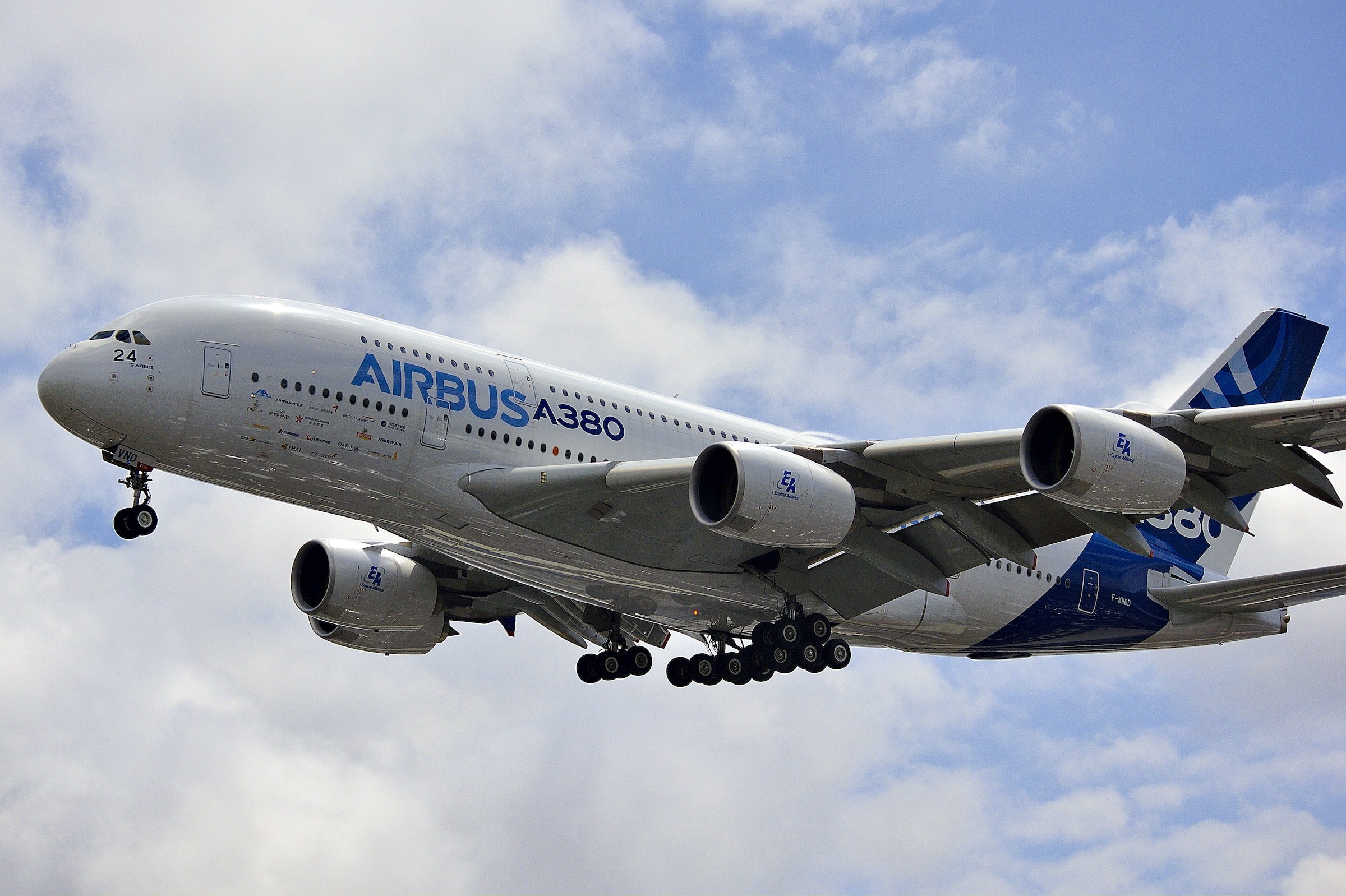
Here is Why Airbus A380s Don’t Land in Nairobi
